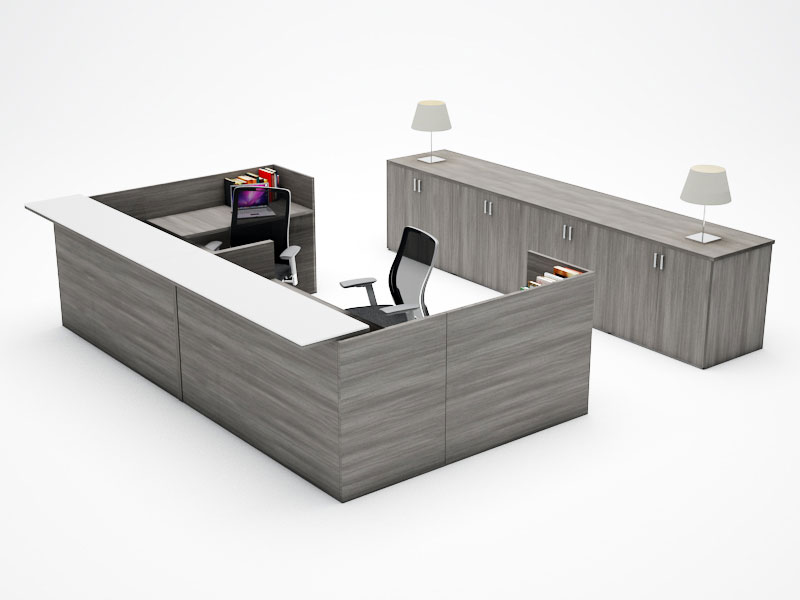

Create sufficient opening within the screen to allow documents or small objects to be passed across the desk.Consider the use of speech transfer systems alongside an induction loop system. Ensure that verbal communication is not hindered by the screen.This helps those who lip read and prevents confusing reflections. Use low reflectance glass and carefully position local lighting to minimise glare and aid visibility.Where glazed screens are deemed necessary for security reasons or COVID safety, ensure that the right balance is found between keeping people safe and effective communication:.Reception areas should be both physically accessible and allow for good communication between staff and other building users.Equally, the patient needs to feel that the reception staff and area is accessible to them while they wait. Staff need to see their patients to ensure they are safe. The reception space should be visible from all directions and without blind spots to ensure that staff and patients can see one another at all times. Microphone/speaker systems ensure optimum audible clarity and are especially important where screens are Induction hearing loops help reduce periphery noise for those with hearing aids. Use technology to optimise audible clarity.Avoid desk materials that create an excessive reflection as this causes glare and impairs visibility across the desk.For standing users – 950-1100mm is a suitable surface height.For sitting users – 760mm is a suitable surface height.The height of the desk surfaces should suit both sitting and standing users.This can be achieved with a stepped design so that wheelchair users can be clearly seen by staff working behind the desk. Design the desk to support all user’s ability to communicate directly with reception staff.In addition to the enclosed you may find Core Elements HBN 00-04: Circulation and communication spaces helpful in considering detail needs. Use technology and communication aids to support independent use for all users. It is important to ensure the design of reception areas support users to hear and be heard effectively.

Reception areas can be distracting, noisy and sometimes daunting for those with hearing impairment or cognitive challenges. This causes silhouetting of staff, making visual communication and lip reading difficult. Don’t position natural and or artificial light sources behind a reception desk. Lighting within reception areas should always be controllable.Walls behind reception counters and information desks should be plain, even and not distract from communicating with staff behind the desk.If glazed security screens are used, ensure they do not hinder communication or create confusing reflections.Position reception desks away from the sources of loud noise, as noisy areas can affect effective communication between staff and patients.

This will prevent patients from feeling isolated or forgotten when waiting for their appointment. Locate reception desks in sight of waiting and seating areas.Ensure signage is clearly visible, and information displayed clearly to help all users find their way around the building.Use dropped bulkheads or a central overhead feature to create a central focus around reception areas.Provide a clear and unobstructed route to all reception desks to help users find their way to their destinations.This will help staff at the earliest opportunity identify users who need assistance. Position a reception desk directly facing entrances so it’s immediately visible on entry for all building users.This is particularly helpful in supporting independent access for visually impaired users. Highlighting reception areas with contrasting colours supports users identification. Reception points should be accessible, set out in a logical way and well signposted whether they are a busy focal point, informal meeting point or a quiet security control point.

Reception desks should be located so that all building users can identify them as soon as they enter the building or department.


 0 kommentar(er)
0 kommentar(er)
